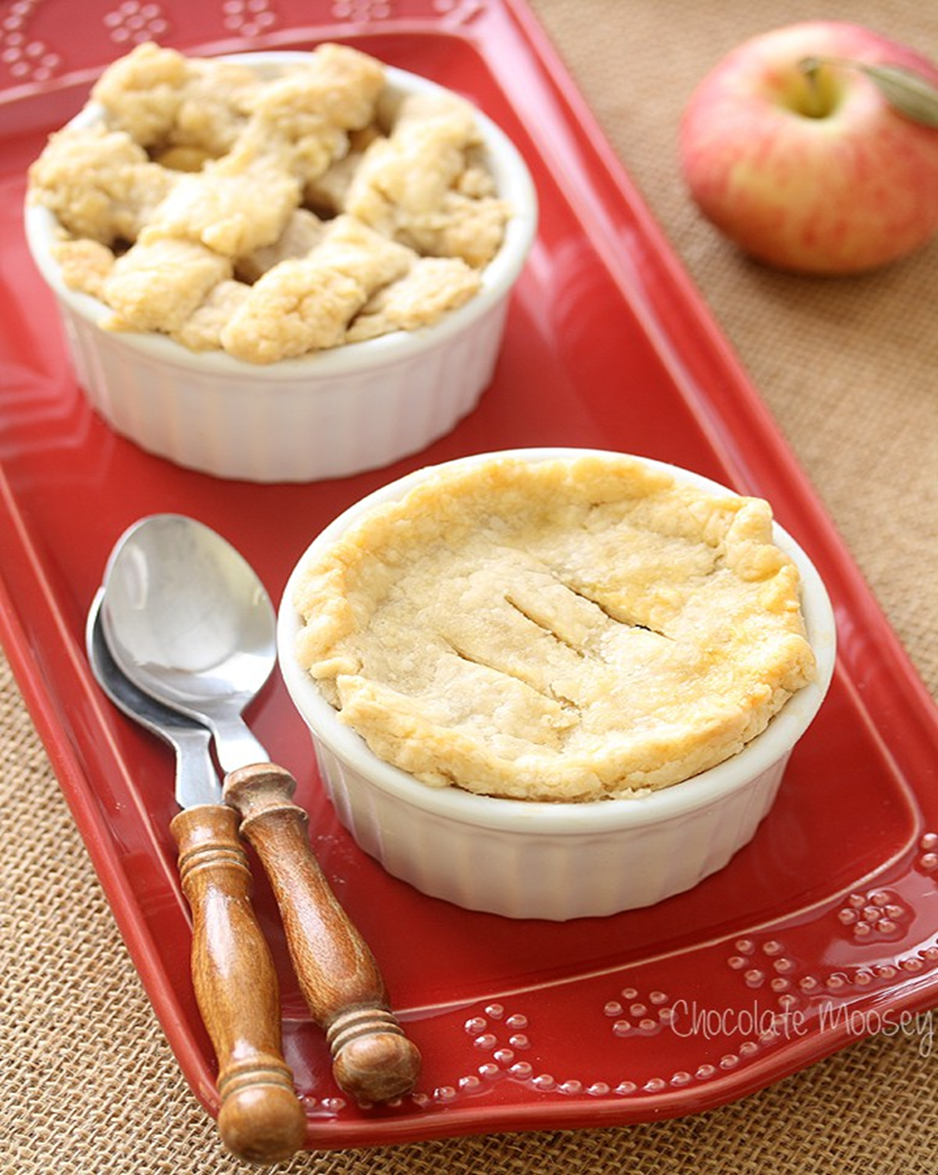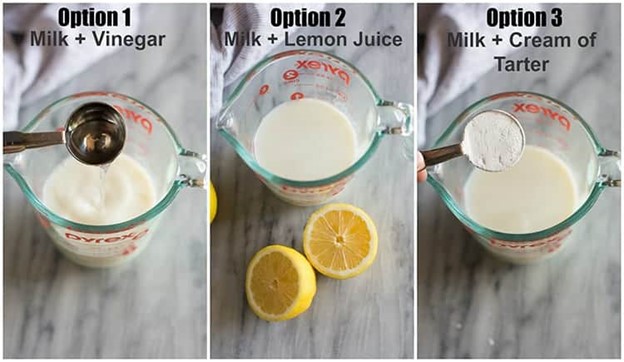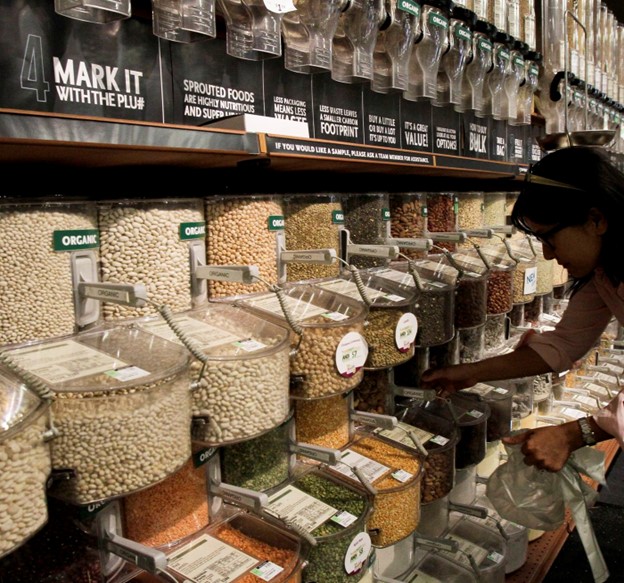Cooking for TWO Made Easier!
Were you aware that millions of people today are just “cooking for two”? It’s a fact worth noting because it is NOT easy to transition from cooking for a family to cooking for two. Anyone relate (you empty nesters)?

It was with this dilemma in mind that Jill Nystul, of www.onegoodthingbyjillee.com, shared some very timely and helpful information on how to make cooking for two easier. Consider her tips:
First, start by using smaller cookware and bakeware. This may mean for many of us that it’s time to pass on our larger pieces. Jill says, “Loaf pans are great for making two-person portions of casseroles, meatloaves, and lasagnas. Mini bundt pans are great for baking cakes and other desserts.” She also suggests using small ceramic ramekins to make individual desserts, and mini pot pies.

I liked this idea, especially for desserts. I don’t mind leftover lasagna hanging around for a few days, but leftover dessert constantly staring at me isn’t real smart. Dessert needs to be a “one and done!” deal. So, scaling back to just 2 or 3 portions accommodates that.
With this idea in mind, I cut my pie crust recipe in half and made four little apple pies instead of two big ones. They looked great and tasted great too.
Next, Jill advised we learn the art of substitutions, because it doesn’t generally make sense to keep qauntities of different perishable ingredients on hand. Buttermilk is a good example. Unless someone in your home loves drinking buttermilk by the glass, you don’t really need a full quart when a recipe only calls for a small portion. Instead of buying that quart, just add a little bit of lemon juice to some milk to make a buttermilk substitute.

And make friends with your grocery store’s butcher. These are talented people and are usually more than happy to see to your personal needs. If you’re cooking a recipe for two and only need a half-pound of beef or one chicken breast, just ask! They can give you exactly as much as you need, which will help you cut down on potential food waste. (Of course, we know to carefully package extras for the freezer, but sometimes you just want one. Butchers will work with you.)
And this last tip takes us to the bulk bins. It’s here that you can get EXACTLY as much as you need! And prices for items in the bulk bins are usually lower than their packaged equivalents, so you’ll be saving money too.

My biggest take-away from Jill’s article was her suggestion to use smaller cooking and bakeware, then cutting recipes down to accommodate. As I’ve been practicing this habit lately, I’ve noticed the fridge is easier to keep organized and food waste is much much less (the goal being ZERO!).
Do you have any tips or processes you use for cooking for two? Please consider passing them along, either in the comments section below, or send me an email and I’ll share with our readers. And BTW: wouldn’t this idea make a terrific “I Made This” topic under that very button on your new Cook’n 15? Show all our Cook’n readers how you’re doin’ it!

It was with this dilemma in mind that Jill Nystul, of www.onegoodthingbyjillee.com, shared some very timely and helpful information on how to make cooking for two easier. Consider her tips:
First, start by using smaller cookware and bakeware. This may mean for many of us that it’s time to pass on our larger pieces. Jill says, “Loaf pans are great for making two-person portions of casseroles, meatloaves, and lasagnas. Mini bundt pans are great for baking cakes and other desserts.” She also suggests using small ceramic ramekins to make individual desserts, and mini pot pies.

I liked this idea, especially for desserts. I don’t mind leftover lasagna hanging around for a few days, but leftover dessert constantly staring at me isn’t real smart. Dessert needs to be a “one and done!” deal. So, scaling back to just 2 or 3 portions accommodates that.
With this idea in mind, I cut my pie crust recipe in half and made four little apple pies instead of two big ones. They looked great and tasted great too.
Next, Jill advised we learn the art of substitutions, because it doesn’t generally make sense to keep qauntities of different perishable ingredients on hand. Buttermilk is a good example. Unless someone in your home loves drinking buttermilk by the glass, you don’t really need a full quart when a recipe only calls for a small portion. Instead of buying that quart, just add a little bit of lemon juice to some milk to make a buttermilk substitute.

And make friends with your grocery store’s butcher. These are talented people and are usually more than happy to see to your personal needs. If you’re cooking a recipe for two and only need a half-pound of beef or one chicken breast, just ask! They can give you exactly as much as you need, which will help you cut down on potential food waste. (Of course, we know to carefully package extras for the freezer, but sometimes you just want one. Butchers will work with you.)
And this last tip takes us to the bulk bins. It’s here that you can get EXACTLY as much as you need! And prices for items in the bulk bins are usually lower than their packaged equivalents, so you’ll be saving money too.

My biggest take-away from Jill’s article was her suggestion to use smaller cooking and bakeware, then cutting recipes down to accommodate. As I’ve been practicing this habit lately, I’ve noticed the fridge is easier to keep organized and food waste is much much less (the goal being ZERO!).
Do you have any tips or processes you use for cooking for two? Please consider passing them along, either in the comments section below, or send me an email and I’ll share with our readers. And BTW: wouldn’t this idea make a terrific “I Made This” topic under that very button on your new Cook’n 15? Show all our Cook’n readers how you’re doin’ it!
 Alice Osborne
Alice Osborne
Weekly Newsletter Contributor since 2006
Email the author! alice@dvo.com
